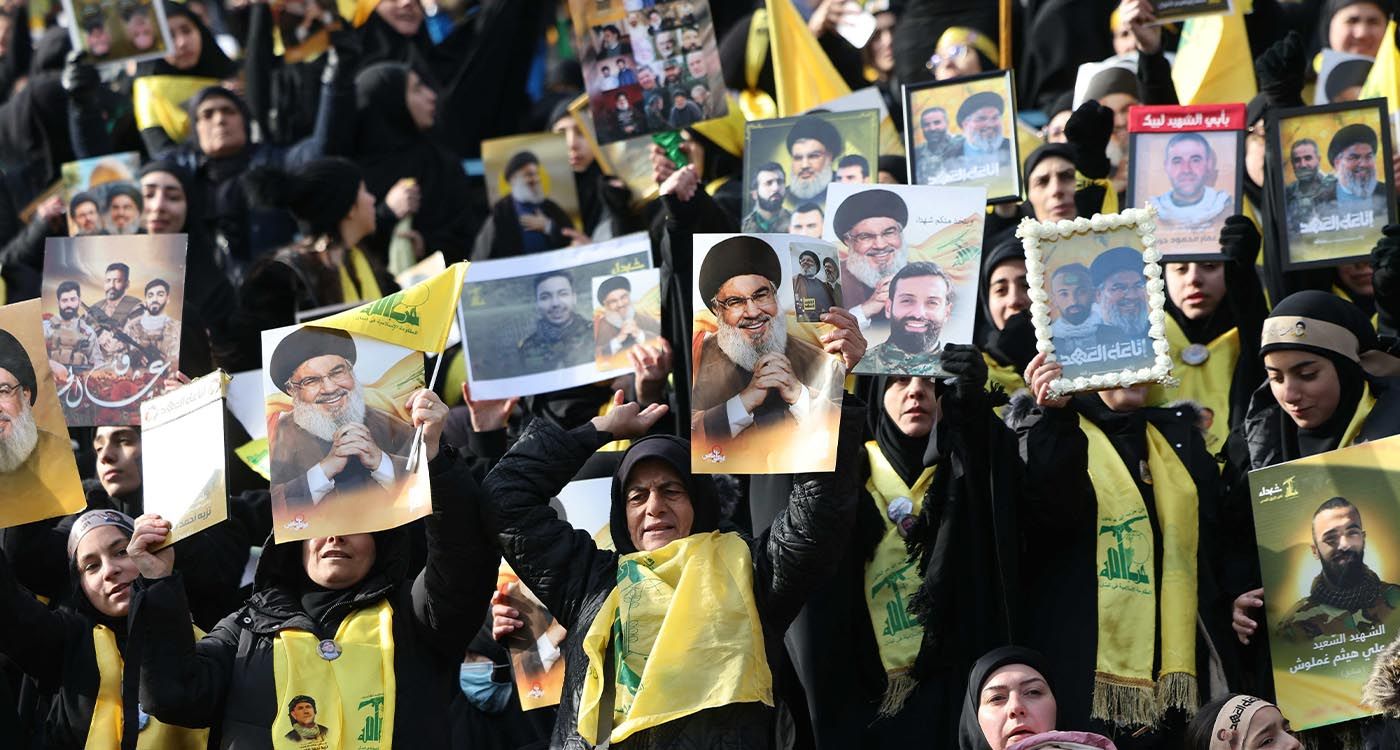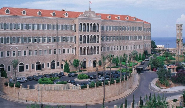
A video went viral of a Lebanese woman standing at the Beirut Airport and berating other passengers, shouting: “We sacrificed our blood, this is our country, and whoever does not like it should emigrate.” She then held a picture of late Hezbollah Secretary General Hassan Nasrallah, pumped her first in the air, and shouted a few slogans. However, unlike common belief, none of her behavior was Shia. Her understanding of Shiism, as outlined by Islamist Iran and Hezbollah, is the opposite of what the Shia school of Islam stands for.
Shia Islam is the belief that the succession of Prophet Muhammad should have remained in his line, through his son-in-law and paternal cousin Imam Ali, and after Ali, eleven of his descendants, the last of whom was Muhammad al-Mahdi, a messianic figure who went into occultation in the ninth century and will return at the end of time.
The Shia also believe that the Prophet’s companions conspired against Imam Ali and usurped power. Ali did not revolt. His turn came and he became the fourth caliph in 656. After five years in power, the Umayyads in Syria revolted against him. He tried to subdue them, failed and was assassinated by Shia defectors who refused to stop the war on the Umayyads. The Umayyad Muawiyah became caliph while Hassan succeeded his father, Ali, as the Shia imam. Hassan neither avenged his father’s death nor revolted.
Both Muawiyah and Hassan died in 680. The first was succeeded by his son Yazid and the second by his brother Hussain, who refused to pledge allegiance to the new caliph. Hussain planned to reconnect with his father’s power base in southern Iraq to assess his options. Shortly before he made it to Kufah, Hussain was intercepted and killed. This came to be known as the Battle of Karbala.
Hussain’s son, Ali, became the fourth Shia imam. He did not avenge his father’s death and focused instead on prayer, which gave him the title al-Sajjad, Arabic for the one who prostrates. His son, the fifth Imam, Muhammad, was so preoccupied with religious learning that he earned the epithet al-Baqir, for the one who penetrated knowledge. Of all the seven Shia imams that followed, none of them called for revenge or revolt against the caliphs who suppressed the Shia brand of Islam.
When someone from the Shia Imamate household did revolt, he was not recognized as the legitimate Imam, as in the case of Zayd, son of al-Sajjad and half-brother of al-Baqir. In 740, Zeyd called for vengeance. The Umayyads crushed the revolt and killed him. His title became the Martyr. His followers, known as Zaydis, teach that the imam is anyone from the line of the prophet who can lead in battle. The Zaydis are the Houthis today. The Shia do not recognize Zaydis as Shia, despite the current alliance between the two sides.
Except for Imam Ali’s battles and the three-hour clash that resulted in Imam Hussain’s death in Karbala, none of the remaining 10 Shia imams fought in war or called for revolt. On the contrary, since the twelfth imam went into occultation 12 centuries ago, the Shia restricted their clerics to religious guidance only, waiting for his return to resume political leadership. Meanwhile, the Shia assimilated into whatever states they lived in, and Lebanon was no exception.
Then came Iranian cleric Ruhollah Khomeini, who exploited the transnational Shia religious network for his political purposes. Since the Shia had no politics, Khomeini rallied them around non-Shia issues, such as “the liberation of Jerusalem,” a city that meant nothing to the Shia.
In Shia tradition, Prophet Muhammad’s nightly trip was to the Mosque of Kufah, in southern Iraq. A spot inside the mosque is marked and revered until today. From there, the prophet ascended to heaven and returned.
To the Shia, Najaf, Karbala and Kufah are much holier than Jerusalem. Jerusalem’s Muslim shrines were built by figures that the Shia abhor: the second Rashidun caliph, Omar Ibn al-Khattab, and the sixth Umayyad caliph, Abdul-Malik bin Marwan. Remember that the Shia hate both: Omar for usurping Imam Ali’s right to lead the Muslim nation and Abdul-Malik for being an Umayyad.
Jihad is not Shia. Martyrdom is not Shia either. Jerusalem has no value for the Shia whatsoever. There is not even a single Palestinian Shia. When Iran tried to spread Shiism through the Islamic Jihad in Gaza, Hamas threw the proselyters in prison. And yet, Islamist Iran and Hezbollah teach that Shia blood should be spilled for a cause that is not theirs.
With Nasrallah’s burial, it is high time that the Shia bury the Iranian narrative and consider the era of breaking with their centuries-old traditions as an aberration in their history, a dark spot that they should never go back to.





Comments